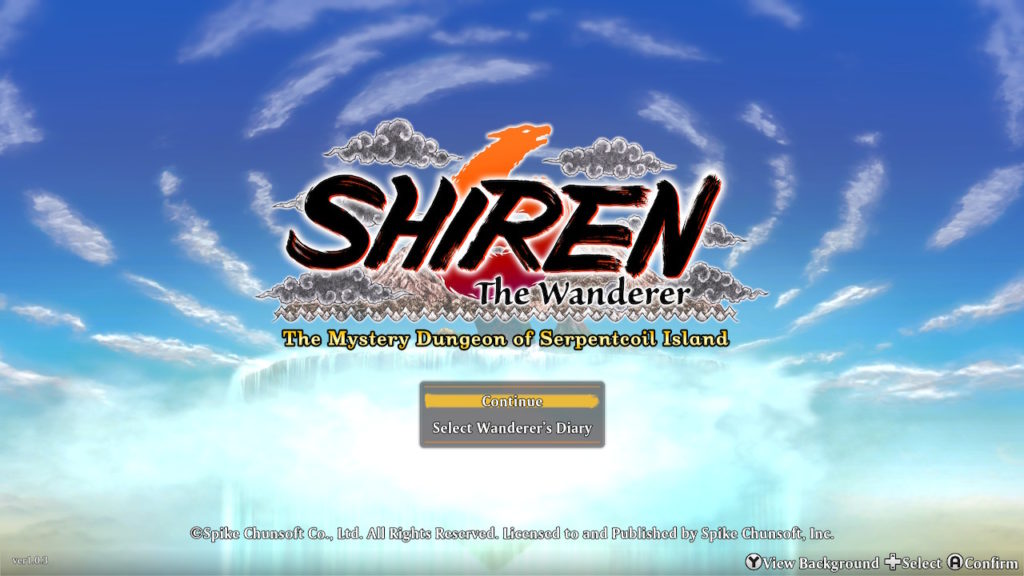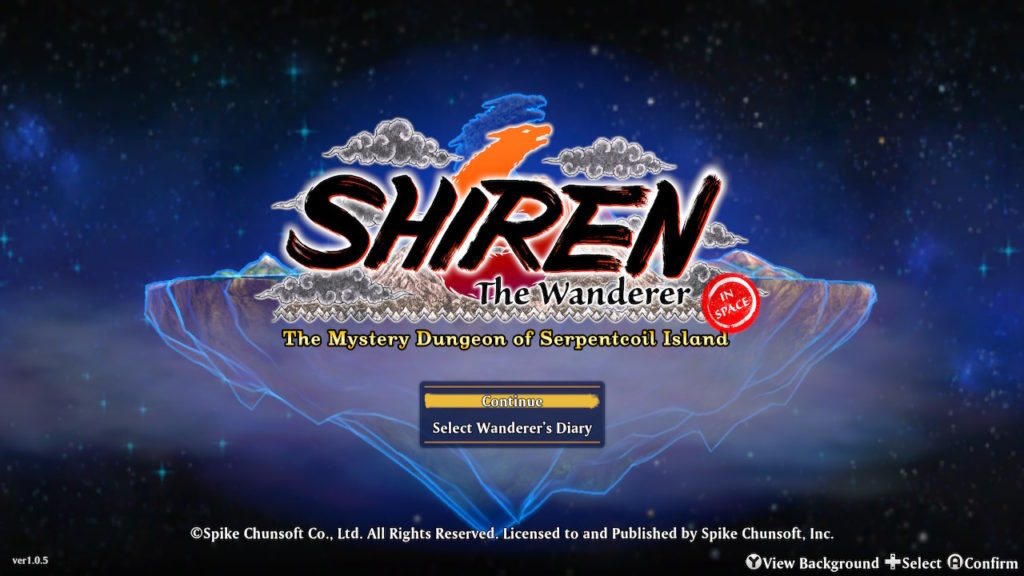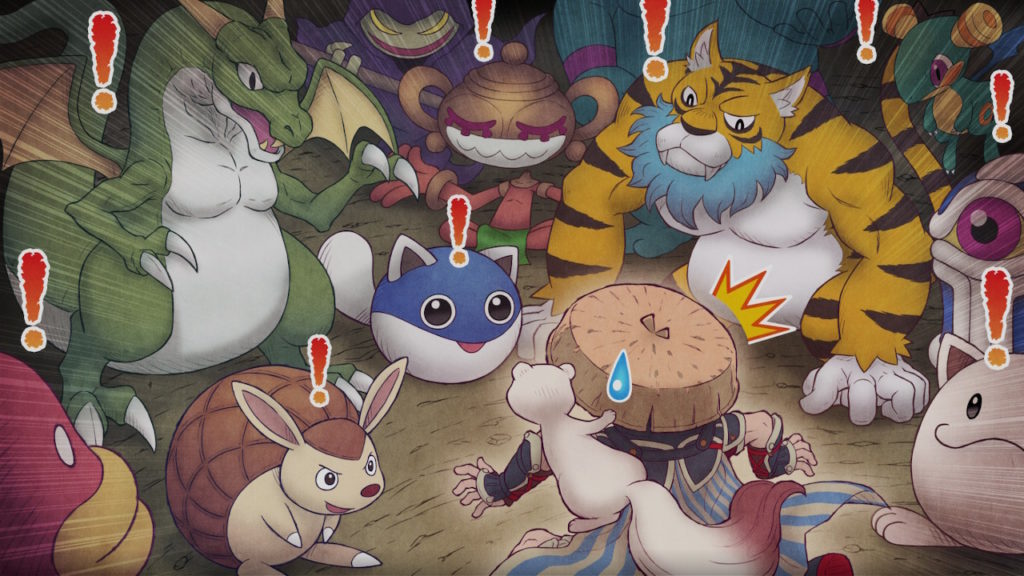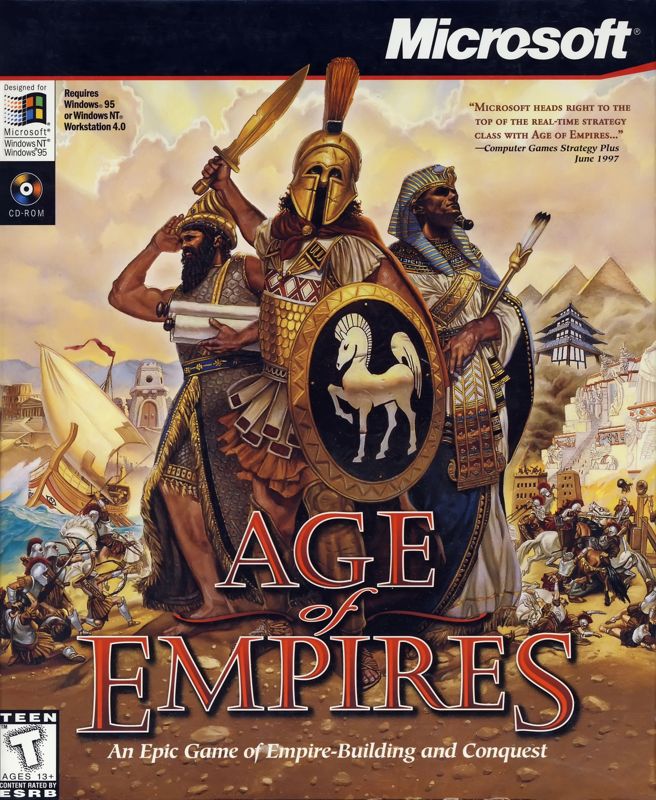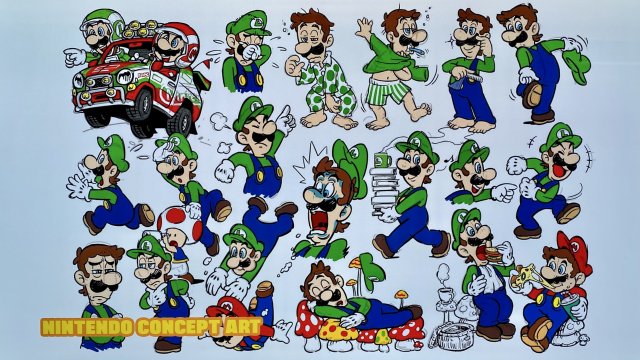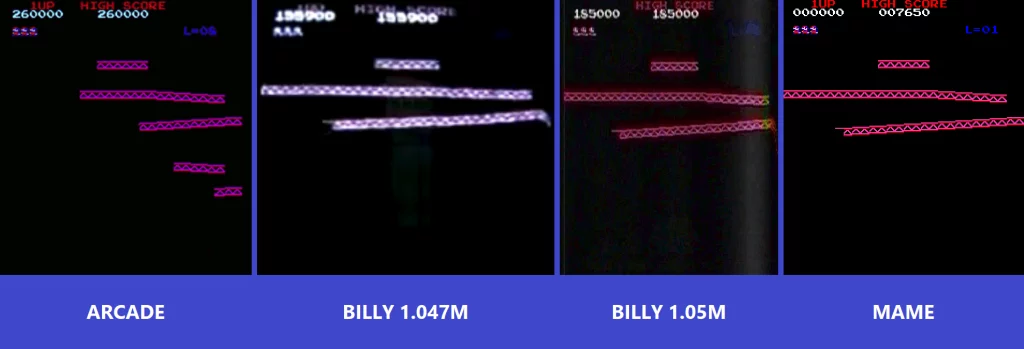
Sundry Sunday is our weekly feature of fun gaming culture finds and videos, from across the years and even decades.
If you haven’t seen it before (it made a trip around the blogs and such back in 2001), you really aren’t prepared for Duelin’ Firemen. The version that people saw then was really low quality though; a few years back, as part of a documentary about its making that seems like it never really got off the ground, a somewhat better quality version appeared on Youtube. It is, um, really something.
Duelin’ Firemen was a cancelled FMV game, probably a music game, for the 3DO console. Right off the bat it shows you it means business: not one but two planes, one of them in fact the space shuttle Columbia, the other Air Force One, collide with the top of the Sears Tower. The trailer was made in 1996 so you can’t blame it for being inappropriate due to either of those things. You might still consider it inappropriate due to other things, but it’s not too much offensive, unless you consider its childish innuendo or gleeful appraisal of a city in flames offensive. It might just be waiting for a massive citywide conflagration to hit the media for people to tsk at it for that. Which, well, would probably be fair.
Let me not keep you waiting any longer! Here is Duelin’ Firemen, the video game intro trailer that got submitted to freaking Sundance in 1996. You won’t be the same person afterward that you were before. Because we’re all changed by our experiences, be they great or small. But it really is an experience. 7 1/2 minutes’ worth of one:
Recognizable people in it, behind all the poorly composited flames, include blacksploitation star Rudy Ray “Dolemite” Moore, DEVO’s Mark Mothersbaugh, Dr. Timothy Leary, Rev. Ivan Stang of the Church of the Subgenius, Steve Albini, David Yow, and no doubt others I’m leaving out or don’t myself recognize. I’ve never been great with pop culture figures, or music figures either. But you don’t have to know who any of them are to enjoy it, probably with the aid of the mind-altering substance of your choice.
If you want to find out more, there’s this promotional interview (4 1/2 minutes) from around the time, and other clips on the documentary’s Youtube page. Or you could leave yourself blissfully unaware. That’s fine too.
And hey! The website duelinfiremen.com has recently been revived, and promises an upcoming interactive comic!
DUELIN’ FIREMEN!



